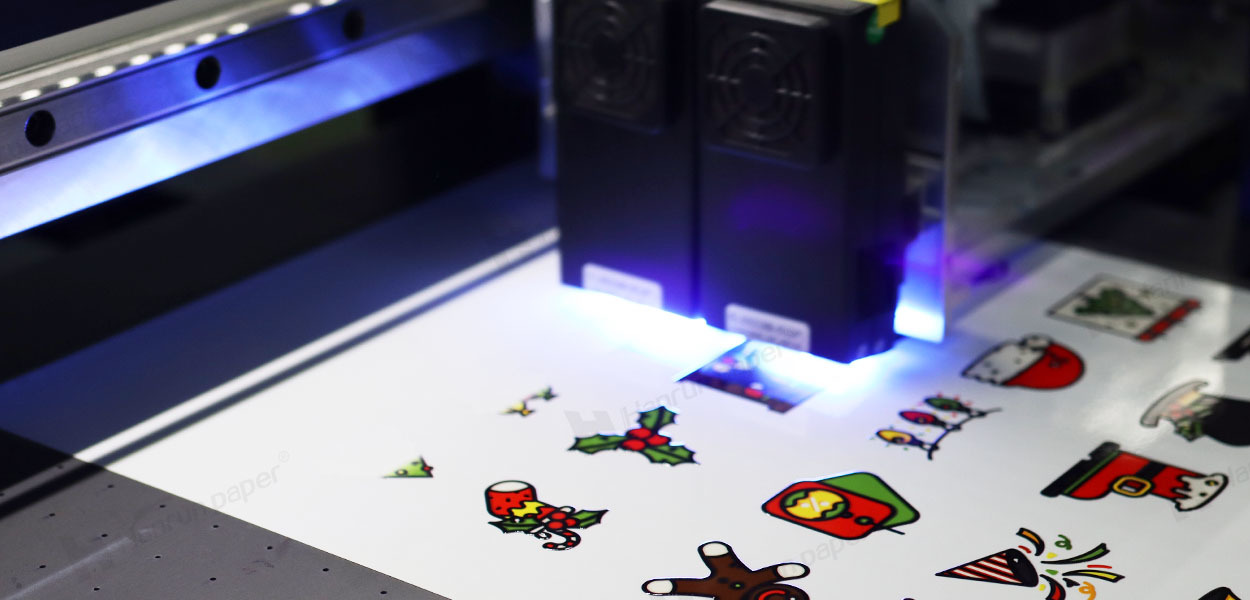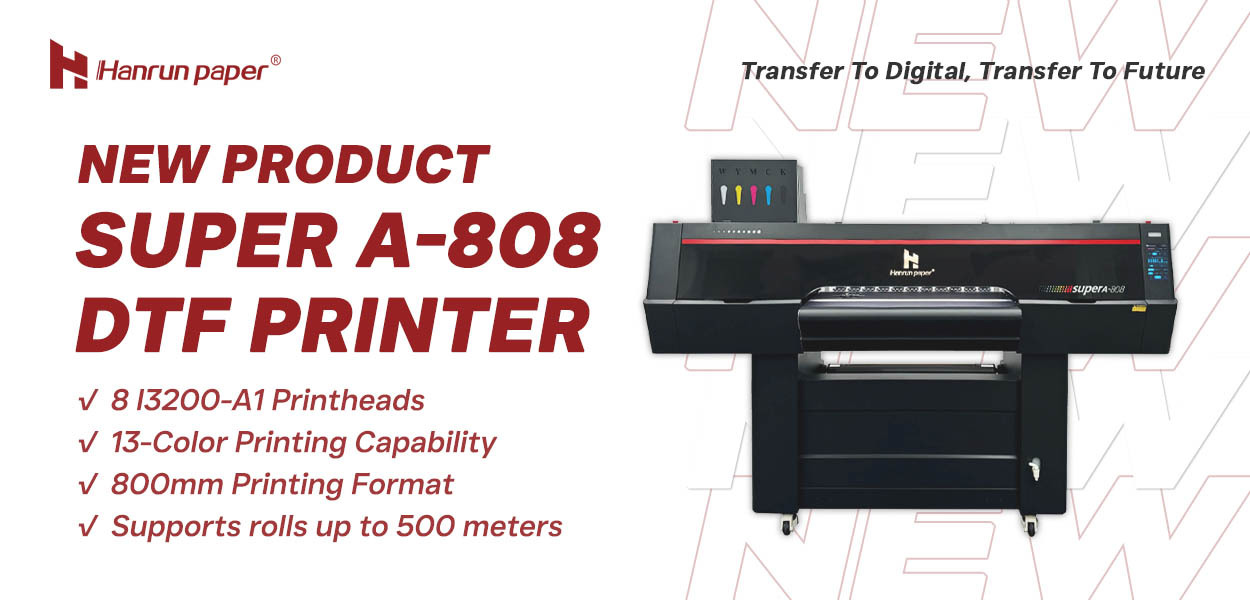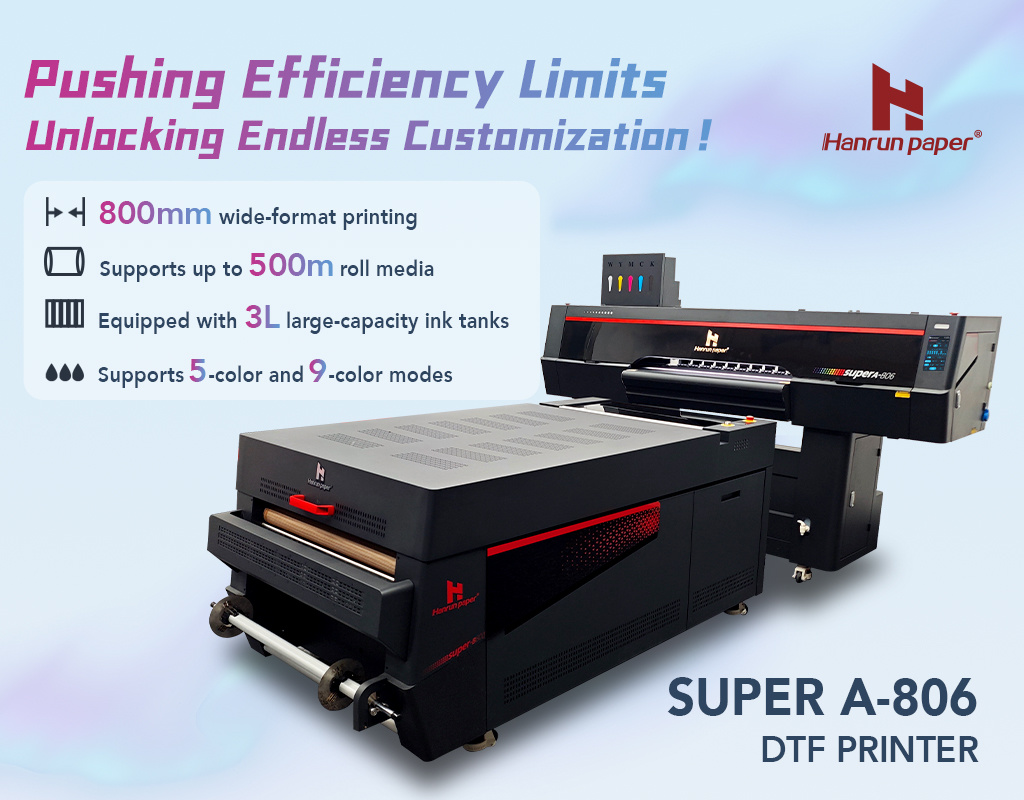How to Prevent Curling and Wrinkling of Sticky Sublimation Paper
In the world of high-precision heat transfer printing, sticky sublimation paper plays a pivotal role. Not only does it help maintain precise image positioning, but it also ensures that the design remains perfectly aligned throughout the transfer process. However, many users encounter a common issue during production—paper curling or wrinkling. This problem can misalign prints, cause transfer defects, waste materials, and in severe cases, even damage equipment.
To address this issue effectively, it’s essential to identify the root causes and apply strategic preventive measures. This article offers a comprehensive analysis of the causes of curling and wrinkling, along with eight proven solutions to help optimize your printing process and achieve consistent, high-quality results.
Why Does Sticky Sublimation Paper Curl or Wrinkle?
Several environmental and operational factors can affect the dimensional stability of sticky sublimation paper, including:
- Humidity fluctuations: High or low humidity causes uneven moisture absorption or evaporation, leading to buckling or warping.
- Temperature changes: Excessive heat can cause premature shrinkage, especially around the edges.
- Improper storage: Unsealed rolls or uneven stacking pressure can cause the paper to deform.
- Incorrect printer settings: Uncalibrated feed tension, platen temperature, or drying settings can increase mechanical stress.
- Uneven pressure during transfer: Inconsistent pressure can result in poor adhesion or localized wrinkling.
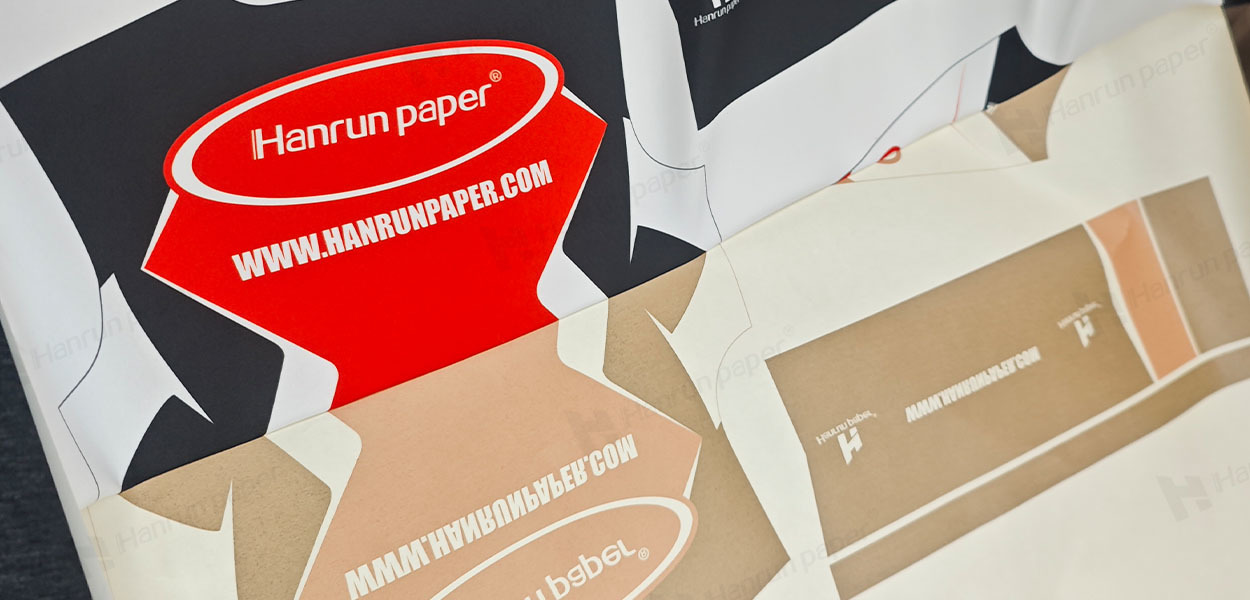
8 Practical Tips to Prevent Curling and Wrinkling
1. Maintain Optimal Storage Conditions
Store sticky sublimation paper in a controlled environment with 35%-50% relative humidity and temperatures between 16°C and 24°C (60°F–75°F). Use airtight packaging or sealed plastic bags to prevent moisture absorption.
2. Allow Paper to Acclimate Before Use
Let the paper sit in the production area for at least 24 hours before printing to balance its moisture content with the environment and avoid sudden expansion or contraction during the process.
3. Control Humidity in the Print Room
Install a dehumidifier or climate control system to stabilize indoor humidity, especially in humid seasons or dry regions. This helps maintain print consistency and paper flatness.
4. Optimize Printer and Heat Press Settings
Fine-tune printer feed tension, platen temperature, and drying settings to reduce mechanical strain. Ensure even heat distribution and avoid excessive pressure that can lead to wrinkling or uneven adhesion.
5. Flatten Roll Paper Before Printing
Unroll and lay flat your sublimation paper for several hours before printing. This releases residual tension and minimizes the risk of curling during the printing process.
6. Use High-Quality Sublimation Ink and Adhesives
Select premium sublimation ink with stable viscosity and excellent compatibility. Apply even pressure during heat transfer to ensure proper bonding and prevent paper shifting or creasing.
7. Pre-Press the Substrate
Before transferring the design, pre-press the fabric or hard substrate for 3–5 seconds to remove excess moisture and smooth out wrinkles, ensuring optimal ink absorption and image clarity.
8. Load Paper Properly
Ensure proper alignment and tension when loading the paper into the printer. Misloading can lead to paper skewing, stretching, or surface damage that causes deformation.
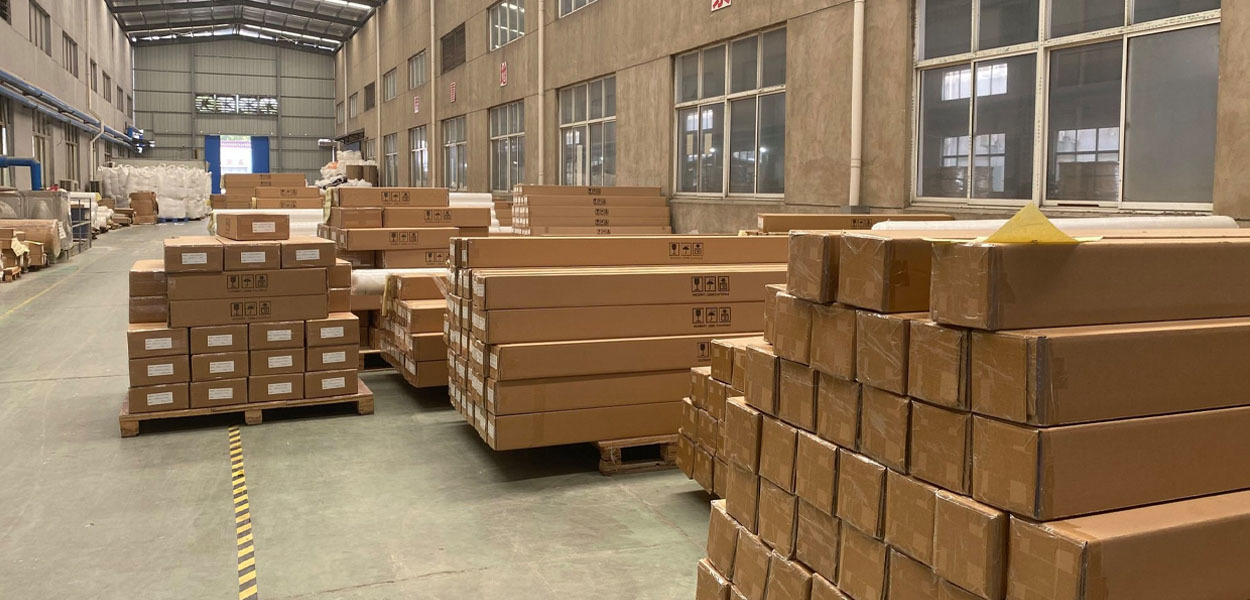
Additional Best Practices for Storing Sticky Sublimation Paper
- Avoid direct sunlight to prevent UV-induced discoloration or fading.
- Store roll paper vertically or use roll holders to prevent edge pressure deformation.
- Follow a First-In-First-Out (FIFO) inventory method to avoid using degraded stock.
- Keep paper away from paint, cleaners, or chemical fumes to avoid odor absorption and surface contamination.
- Regularly inspect storage conditions and take corrective measures if needed.
Conclusion: Stable Output Starts with Attention to Detail
Whether you're a custom print studio or a high-volume garment manufacturer, controlling sublimation paper curling and wrinkling is critical to production efficiency and product quality. By implementing the above strategies, you can reduce waste, prevent misprints, and build a reputation for reliable, high-quality output.
Choose premium sticky sublimation paper, and combine it with professional storage and printing management to ensure perfect transfers every time.
Looking for more expert advice on choosing and using sublimation media? Follow us for industry insights, technical support, and best-practice guides.
Contact Us
Global sales e-mail: info@hanrunpaper.com
Global sales WhatsApp: 86 189 3686 5061
Address: No.10 building, Baijiahui Innovation Community, 699-18 Xuanwu Avenue, Nanjing, China
Need Local Support? Find a Certified Hanrun Paper Dealer in Your Area.
Transfer To Digital, Transfer To Future
Hanrunpaper
Contact us

Address:No.10 building, Baijiahui Creative Community, 699-18 Xuanwu Avenue, Nanjing, China




